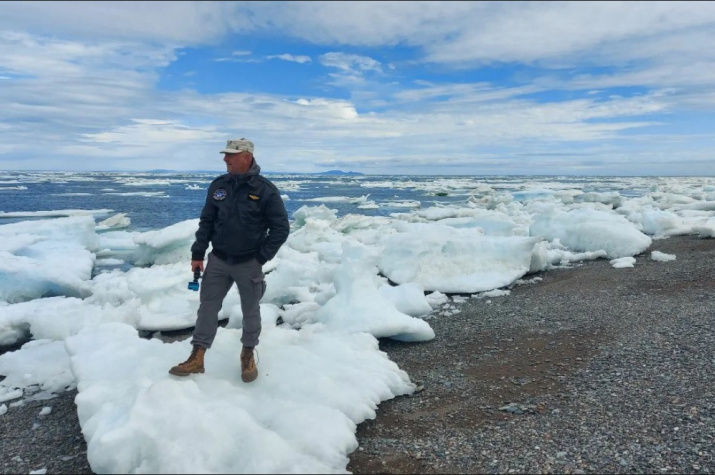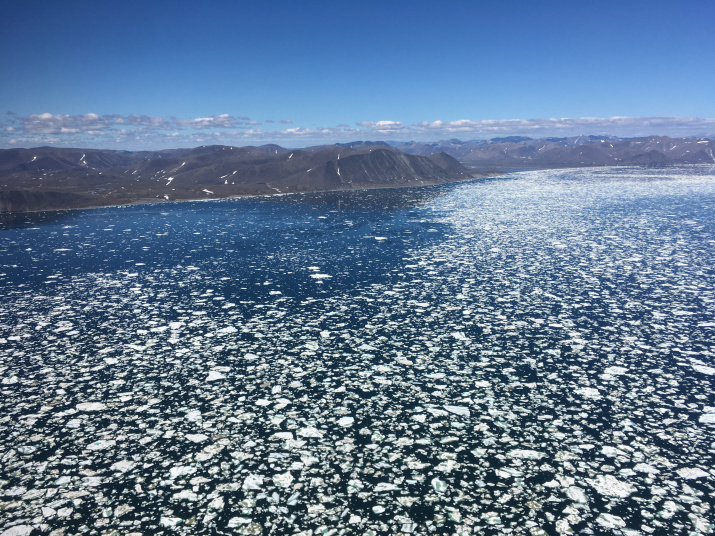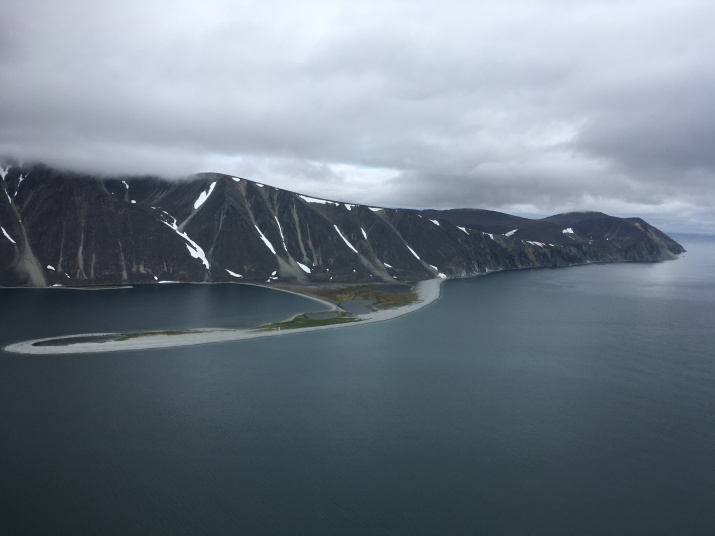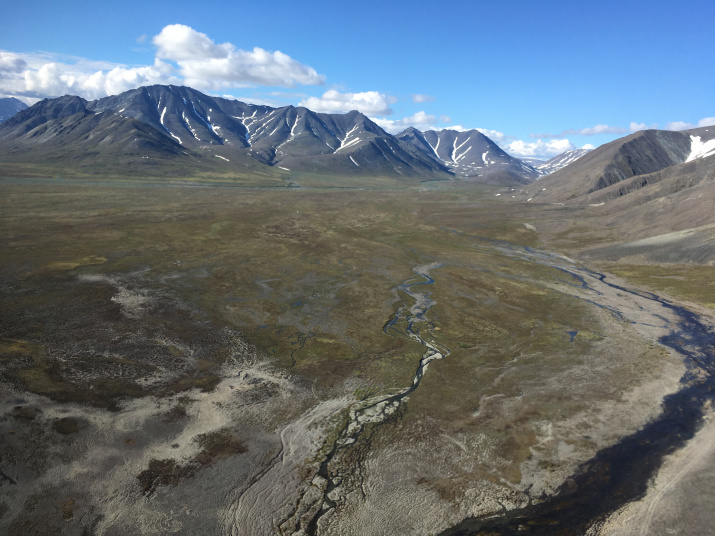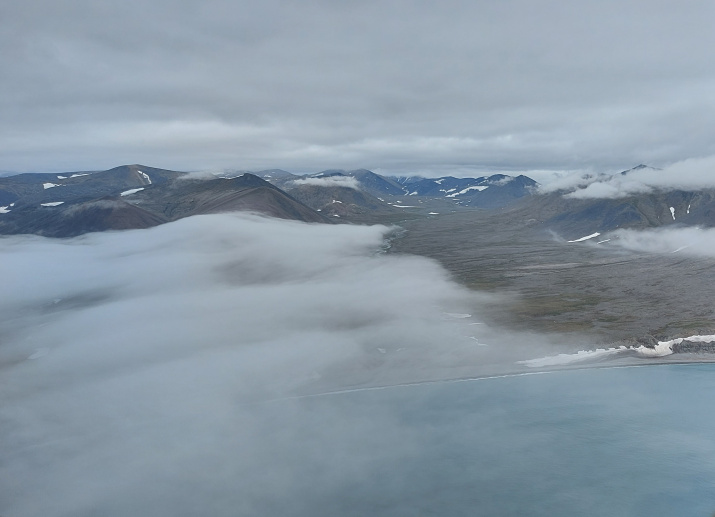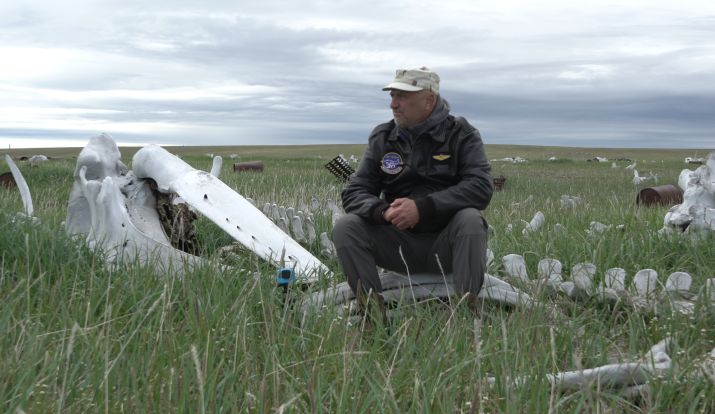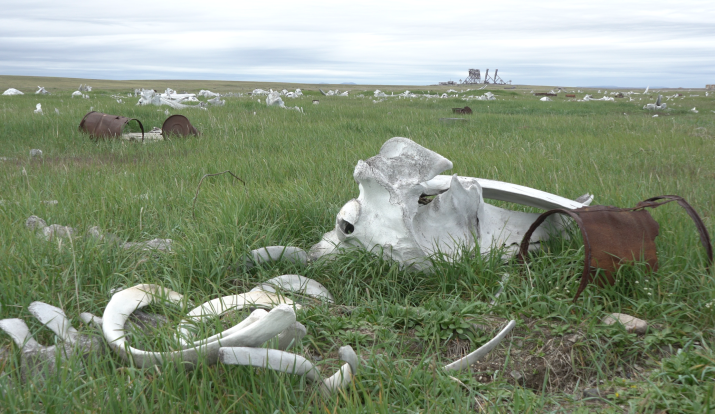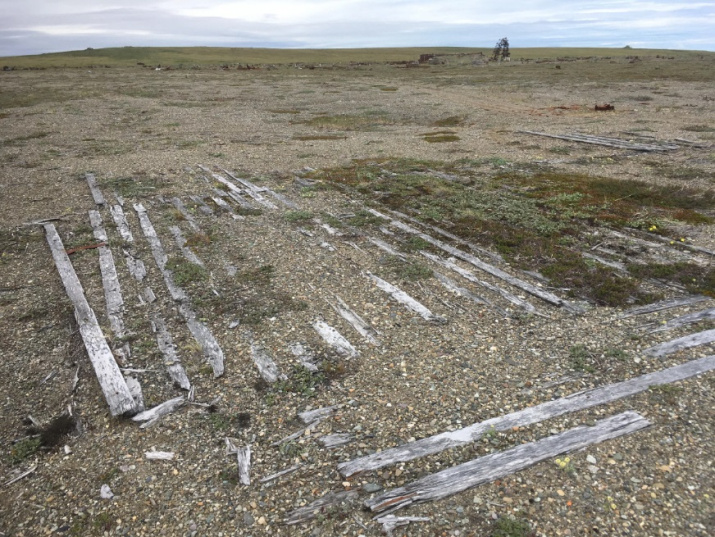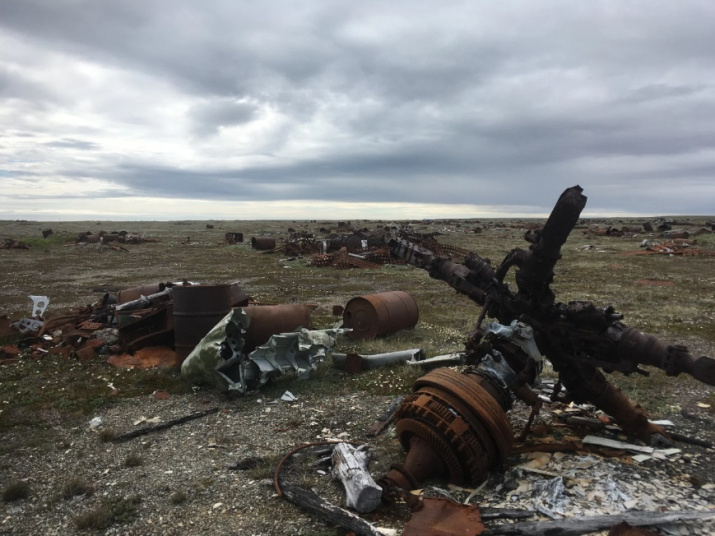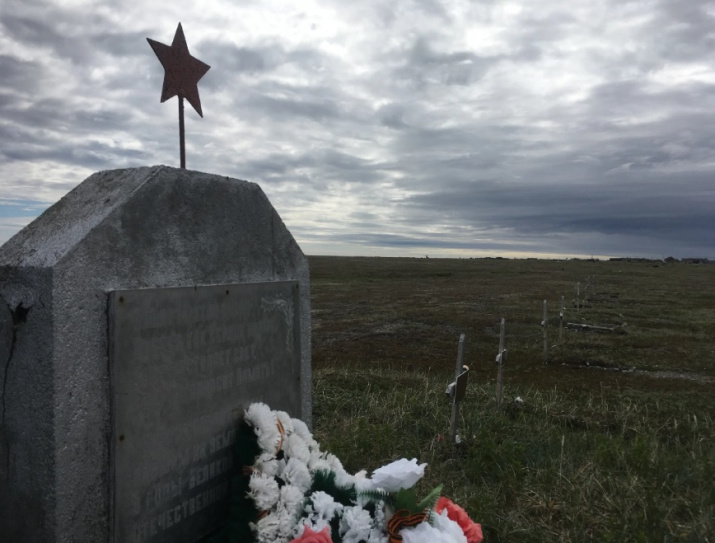On July 15, when we landed in Uelkal, the air temperature was slightly above zero and leeched all our warmth in two hours despite the protective clothing and gear. Ice pressure ridges covered not only the water, but also part of the shore in a dense layer.
The total length of the ferrying route turned out to be about 15,000 km, most of which passed over land. The Soviet section of the ALSIB Air Route was 6306 km. The flight range of most aircraft of that time was not their strong suit. Therefore, airfields were needed every 500-700 km. And there were none – well, not counting Krasnoyarsk and Yakutsk.
There was no time either – things were not going well at the front. Nevertheless, by October 1942, five base airfields were created – in Yakutsk, Krasnoyarsk, Kirensk, Seimchan, and Uelkal – and five spare ones.
In total, 16 airfields were built and repaired on the territory of the USSR, 15 on the territory of the USA and Canada. By the end of the second year of the war, the air route created in the most difficult conditions and in the shortest possible time was in operation. On Soviet territory, the Chukotka section became the most difficult in all respects. No one took the climate into account and the weather too.
Everyone who built and subsequently operated the airfields, prepared equipment for flights, understood that it was impossible to change the weather, but it was possible to adapt. It is difficult for us, people living in the 21st century, to understand how, in the conditions of the polar night, exorbitant sub-zero temperatures, it was at all possible to ferry aviation equipment by this route.
The participant of the flights, the on-board radio operator Viktor Glazkov recalled: "In the autumn-winter period, the ferrying of the aircraft was complicated by climate and meteorological conditions. Frosts of up to -60°C were not uncommon, and even with a breeze. The hydraulic hoses for extending and retracting the landing gear and braking system froze together and would often burst. There were not enough American stoves to heat the engines; homemade ones were used. The hands and faces of the engineering staff were all frostbitten. "
What could be taken into account, at least in some way, was the landscape and, accordingly, the possibility of importing everything necessary for the construction and subsequent operation of the airfields: machinery, tractors, construction materials, aircraft tractors, fuel, food. In Chukotka, the main transport corridors were water ones – the sea and the rivers. What is important, with the technical capabilities of navigation of that time, the rivers still served as visual landmarks for pilots.
The first airfield on our side was Uelkal, and this is how Viktor Glazkov recalls it: "At the airfield in Uelkal, preparations were underway for the construction of a wooden runway. Of the buildings, there are six yarangas connected to each other. In Kresta Bay there was a steamer at a distance of 100 m from the shore with equipment and machinery for the construction of a runway, residential buildings, a dining room, office premises, a club. Self-propelled American barges of the military type delivered them to the shore. Thus, tankers, tractors, bulldozers, engine heating stoves, tools, food, and everything necessary for aircraft maintenance in the harsh conditions of the north were delivered to the shore. Barrels of gasoline and prefabricated wooden houses were simply dumped into the water, and they were washed ashore by the surf."
Uelkal is located on a long sand spit at the entrance to Kresta Bay and is the westernmost settlement in Russia in the western hemisphere and the westernmost Eskimo settlement in the world.
The terrain is relatively flat, and it was kind of relatively safe to break through the clouds for landing. The commander of our "Eight", Roman P., commented on the local weather situation: "The proximity of large water spaces and the underlying surface in the form of hills, whose heights range from 300 to 1700 meters, create turbulent flows and vortices. Thus, low cloud cover is formed, which is very difficult to predict – the exact weather forecast in Chukotka for tomorrow, we will find out the day after tomorrow."
It is difficult to imagine how this airfield was operated in the conditions of the Chukotka winter, if on July 15, when we landed in Uelkal, the air temperature was slightly above zero and leeched all our warmth in two hours despite the protective clothing and gear. Ice pressure ridges covered not only the water, but also part of the shore in a dense layer. However, the shots turned out to be very epic, especially against the background of the shore, littered with whale skeletons for hundreds of meters.
By the way, the tropospheric scatter relay station of the communication system "Sever" (eng. “North”) and the military unit operating it were located in Uelkal until the early 2000s. But with the advent of modern satellite communication systems, such systems were no longer needed and were decommissioned, and the military unit was disbanded. These were not the times of the Second World War, but of the Cold War, but still, if you think about how much work was invested in here!
Now the antenna arrays resemble the skeletons of ancient dinosaurs, and in place of the runway, like in the Darwin Museum, there are whale bones – they are cut up here by local Chukchi and Eskimos. And bears, of course, come in – as usual.
The local runway was built of wooden slats, which have been preserved to this day. It is not surprising that this runway received aircraft in the post-war years too. For eight decades, an incredible amount of historical and not very historical metal has accumulated here. Everywhere the eye can see, everything is littered with fuel barrels and fragments of aviation equipment of different periods. One of the preserved buildings is a diesel power plant. Its design is ingenious in its simplicity – the walls are made of barrels filled with sand and rubble. The "insulation" is pulled together with wire and steel corrugation, from which the runway coating was made – it has not yet fallen apart.
The conditions in the sky were hellish. The Americans said that "only crazy people, suicidal people, and Russians can fly along this route". But it wasn't much better on the ground.
Viktor Glazkov: "In Uelkal we slept on two-tiered wooden bunks. They didn’t have time to put the roof over the quarters in the fall. Therefore, the snow, melting, trickled down onto the bunks. I had to cover the ceiling with reindeer skins from the inside. There were not enough blankets and sheets, the amenities included only an outdoors toilet. The bathhouse was still being built. The heating of the building consisted of a stove made from an American gasoline barrel. Tunnels were punched through the snow from the quarters to the office buildings, the dining room, and the toilet..."
Blasphemous as it sounds, the losses were relatively small under such incredibly difficult conditions of the ferrying route: during the three war years, 279 flight accidents occurred on the Soviet section of the ALSIB, of which 39 were crashes, 49 were accidents, and 60 were emergency landings. 114 pilots were killed.
Some were buried in Yakutsk, like, for example, the crew of Major Fyodor Ponomarenko. The crew of Senior Lieutenant Evgeny Gerasimov was buried in Egvekinot. The crew of Senior Lieutenant Evgeny Spiridonov is buried here. In total, there are two dozen graves of the heroes of the ALSIB here, on the ocean shore, which are cared for by local school students. And some were never found...
To be continued.
Alexey Nikulin

